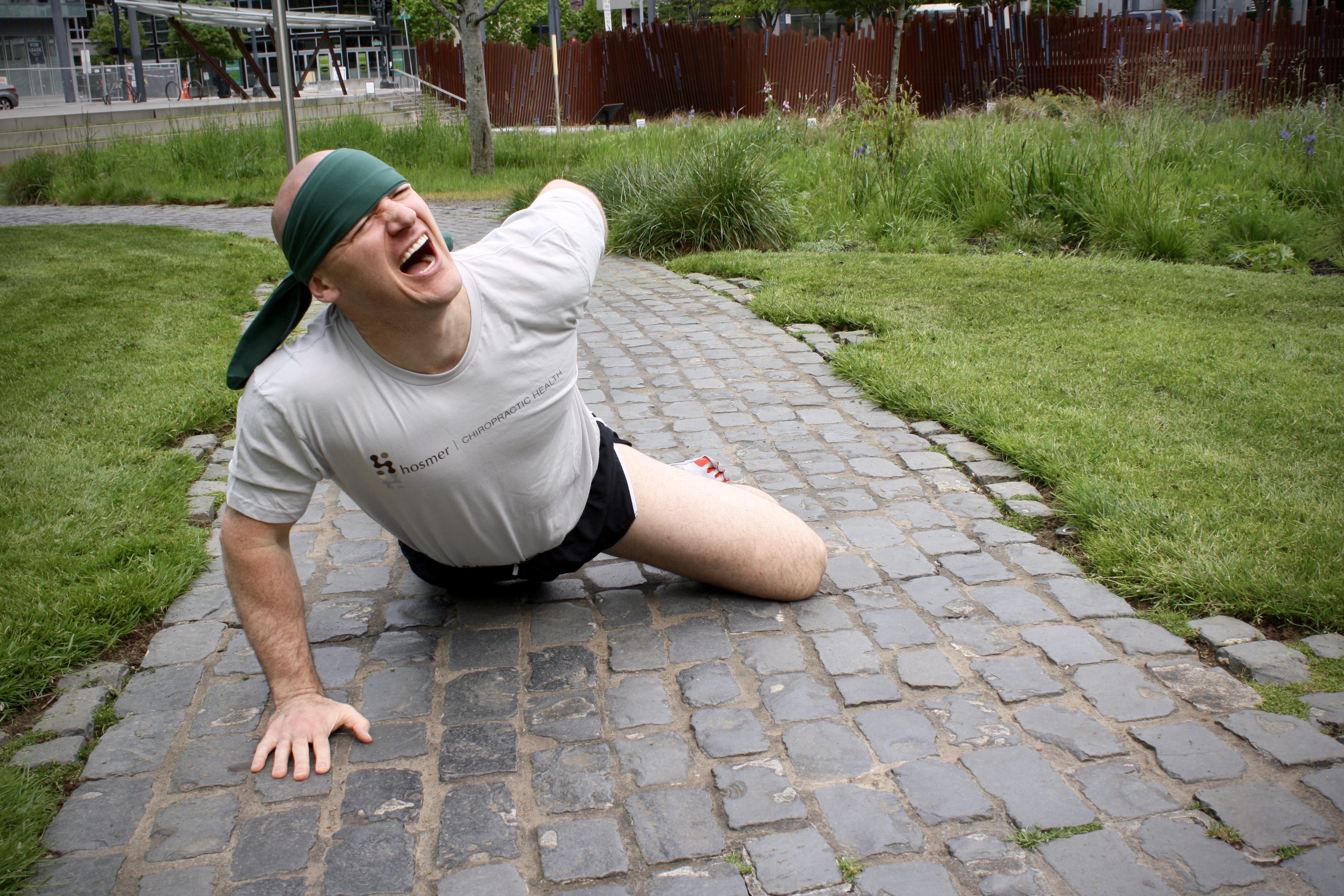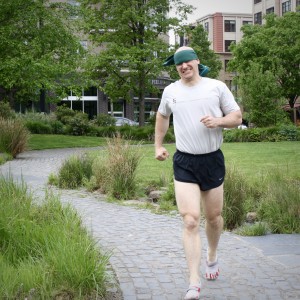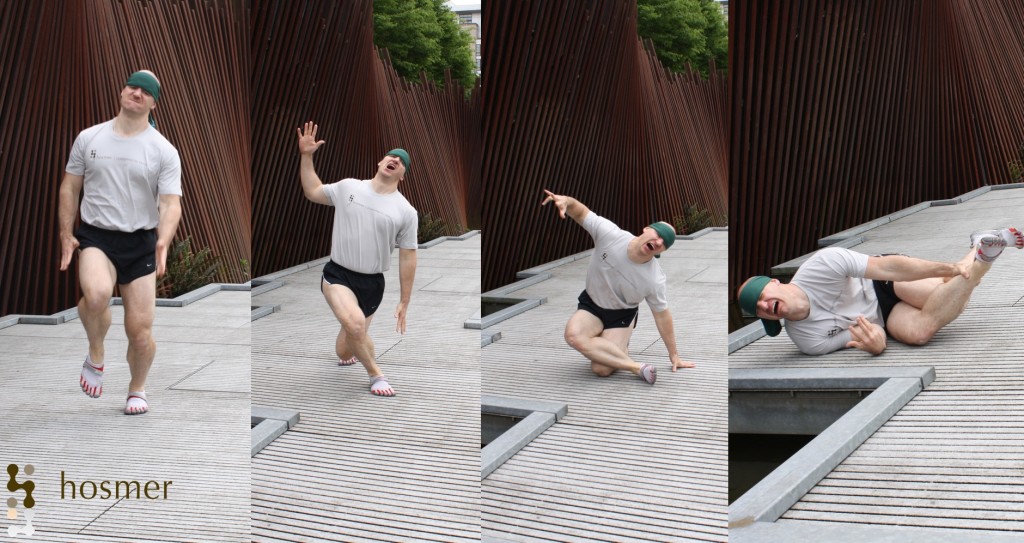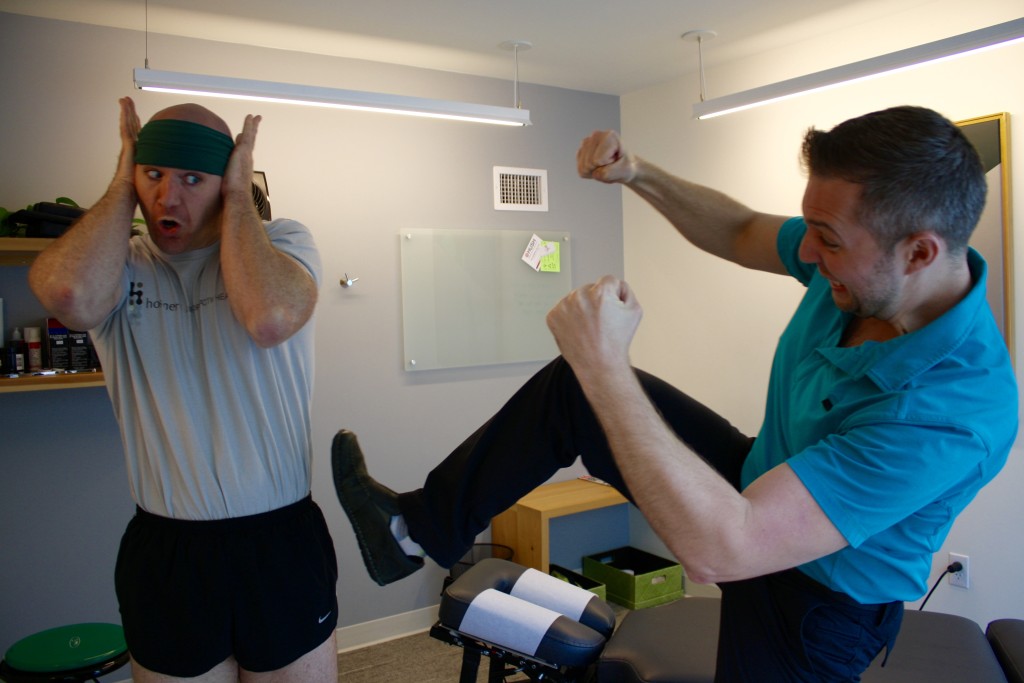
Approx. 10 min read.
One of the most common sentences I hear when working with a patient in pain is:
“My (insert body part) hurts when I (insert activity)”.
My back hurts when I run.
My shoulder hurts when I lift weights overhead.
My right elbow hurts when I’m giving kittens belly rubs while practicing ninja flips.
Whatever the above-combination may be, my advice is usually the same.
Stop doing that.
Now before anyone has a major freak-out, I don’t mean forever (maybe for some things), but just for now. While this applies to most cases we see, for some reason the endurance athletes, specifically runners, seem to think that the world may come to an end if they have to miss a few days or weeks of training. As athletes, we know exercise can be a crucial outlet for many people and it’s difficult to break activity habits when it’s something you do every day. However, the reality is if you have an injury, it will only heal with a proper recovery period and the right care.
Of course, our goal here at Hosmer is to get you back to 100% as soon as possible. In a lot of cases, most exercises and daily activities can still be done in a limited capacity as you’re healing, but in some cases, the best thing you can do is rest.
So why should you stop running or the aggravating activity? Here are a few reasons:
TRUST US, WE’RE DOCTORS
We didn’t go to medical school just because we love student loans and dissecting cadavers. We have years of education and clinical experience working with thousands of patients, and unfortunately one of the hardest parts of our job is telling you not to do something that you want to do. So please, realize that when we tell you to cease an activity, we are doing so based on sound medical reasoning and with your welfare in mind.
Despite what you read on Training Through Pain in Runner’s World or that article on the Best Expercises for Rotator Cuff Rehab you read on Bodybuilding.com, you are a specific individual with specific needs and have been evaluated in a one-on-one setting by a medical professional, and what we recommend may differ from something you found in 30 seconds on Google.
Although most of us know how to change a flat tire, would you argue with your mechanic on the best way to reconstruct your carburetor?
YOU NEED TIME TO HEAL
Running can be extremely hard on the body. Depending on how much you weigh, the impact of each footfall while running can be up to 2.5 times your bodyweight. For example, a 200-pound man could exert up to 500 pounds of force into his body with each step during a run.
To put that into perspective, let’s imagine if I asked you to do a workout with me and the workout was to jump rope 
So, needless to say, your body takes quite a beating. On top of that, most people grossly underestimate the time it takes an injury to fully heal, and get frustrated when things don’t seem to bounce back overnight. We are really good at what we do, but no matter how hard we try, we can’t eliminate neck and upper back pain from sitting hunched over at a desk for 8 hours a day, 5 days a week for 40 years after one 15-minute visit.
Although the rate of healing depends a lot of the severity of the injury, and many other case-by-case attributes of each individual, to give you a rough idea on how long it takes some injuries to heal, we’ve included some stats below:
AVERAGE HEALING TIME:
Minor Muscle Tear: 2-4 weeks
Muscle Strain/sprain: 4-8+ weeks
Shin splints: Highly variable, but 2-6+ weeks
Stress Fracture: 8-12 weeks of no running
Tight muscles: 2-4 weeks, but largely depends on avoiding what caused it in the first place.
Tight joints: Similar to tight muscles, but there is a lot of variety and we recommend consulting us case by case.
Broken Bone: 8+ weeks, depends on treatment plan.
Bulging Disc: 1-2+ years, or never.
So whether our pain is caused by running, cycling, lifting weights, or any other activity, we have to respect the amount of impact and stress to which we expose our bodies, and give ourselves an appropriate amount of time to heal.
In addition to some of the more practical reasons on why you should rest from an aggravating activity, here are some other excuses we hear from patients, and some solutions to counteract these arguments:
I’LL LOSE ALL OF MY PROGRESS
One of the most common complaints that I hear from patients is that they can’t stop running or working out, otherwise they’ll lose all their progress in terms of physical conditioning. While this is true to a small extent, the loss in performance is not as much as you think.
For aerobic activities, such as running or cycling, studies show that athletes only have a 4-14% decrease in VO2 max after not training for 4 weeks. (p.131) On the strength and power side of things, studies show that after 8-12 weeks of inactivity, absolute strength levels are only shown to drop between 7-12%. (p.111)
Either way, unless you are an elite athlete, 10% off the top end of your performance is not a huge loss, and can be fairly easily recovered once you begin training again. What we often see when people take time off from an activity, is that every other aspect of health and wellness tends to get put aside as well.
For example, let’s say we have a patient take a week off from running to let a sore ankle heal. The patient is understandably bummed that they can’t run for a week, but since she is taking some time off anyways, she might start by grabbing a bagel with cream cheese with her usual morning coffee. One little indulgence won’t hurt, she thinks, and since she isn’t running, she forgets to bring her water bottle to work, which leads to drinking a can or two of soda instead of her water. In addition to being upset from not running all week, work has been stressful, so she decides to go out with some friends for happy hour after work Wednesday night, which leads to poor food and drink choices. By Friday she figures that she’s blown her diet for the week already, so poor nutrition and health choices are continued for the rest of the weekend. “I’ll get back on track on Monday when I can run again,” she thinks. On Monday she wakes up and stands on the scale and notices she is five pounds heavier. Angry at her weight gain, instead of the easy 1 mile run on her first day back she is supposed to do, she decides to do an 8 miler to “burn off all the fat from the weekend”, and wakes up Tuesday morning with a sore, swollen ankle, and a recommendation from us to rest it another week.
While this example may be a little extreme, in reality, there are several factors that you must take into consideration for speeding up your healing period when taking time off to recover from an injury. These include maintaining healthy nutrition, sleep patterns, hydration, vitamin supplementation and stress levels. Some would argue more so than when you’re healthy. For more details on what you should be eating to help speed recovery, check out this excellent article from our friends at Precision Nutrition.
USE YOUR REST TIME TO IMPROVE SKILLS AND WEAKNESSES:
One of the most overlooked aspect of the strength and conditioning world is an individual’s skill set. Let’s look at the following example:
Imagine we were spending an afternoon at the driving range with Senior golf pro Lee Trevino and Hafthór Júlíus Björnsson (aka “The Mountain” from Game of Thrones), and we are seeing who can drive a golf ball farther. Although Björnsson is recognized as being one of the strongest men in the world (the dude can deadlift over 1,000 pounds), due to his lack of skill with a golf swing, the older (and slightly pudgier) Trevino would easily be able to out-drive the strongman.
However if Björnsson were to take a few months off from slicing people in half and lifting weights, and did nothing but practice his golf swing, he would soon be able to out-drive the aging Trevino.
The same idea goes with running or any other strength and conditioning activity. If you have two runners who have the same cardiovascular capacity who will win in a race? The one who is stronger and has better technique. It’s amazing how much strength training will improve your mile time. Granted, it must be done correctly, but one of the easiest ways to get faster without having to pound the pavement for hours is to get in the gym and move some weight.
Similar gains can be seen with improving on running technique and mechanics. Have you ever watched how smooth and graceful an elite runner moves? Every stride is perfect and there is no any unnecessary waste of energy. That doesn’t happen by accident. The athlete spent years working on improving their technical skill of running.
Now look at the stride of any average runner. Notice how much wasted energy is visible: Poor gait mechanics, excessive hip and torso movement, inefficient arm swing, and dysfunctional breathing patterns are just a few of the many factors that can be improved upon, which will have an instant effect on running proficiency. The same goes for any other activity. Not able to lift weight overhead due to a shoulder injury? This could be a great opportunity to improve your squat form, core breathing and bracing skills or fix that pesky right/left asymmetry you’ve been struggling with.
Don’t have any idea where to start? Ask us. We’ll point you in the right direction!
I MUST RUN OR I’LL GO CRAZY!
No you won’t. Trust me, you won’t. If I were to give you 
Find something else to do. In some cases you can still exercise, so maybe consider walking, going for a swim, lifting weights, boxing, pilates etc. Alternatives to running provide different movement patterns which will help you avoid further injury. If exercise is not in the cards for your recovery, enjoy your rest time! Relax, play with your kids, go see a movie, check out a museum, explore Pittock mansion, go streaking.
I’VE GOT A BIG RACE/EVENT COMING UP
Unless this “big race” is taking place this summer in Rio, I strongly encourage patients to consider a few questions about whether or not to continue training or to participate in an upcoming event while in pain:
Will the outcome of the event affect me or my family financially? If your paycheck depends on your performance on the field or in the race, then let’s talk turkey.
Are you a first-responder or does your safety and the safety of others depend on your physical performance? Unless you’re chasing down criminals, carrying people out of burning buildings or being deployed to a combat zone, I’m guessing this is a no.
If you answered yes to either of these questions, then I can fully support you training through pain, if not, it might be time to step back and think about your reasons for continuing the aggravating activity.
We do understand that there are an innumerable number of other valid, personal and professional reasons you may wish to continue performing a painful activity or participate in an upcoming event while in pain, but we’re just asking you to take a minute to weigh the pros and cons of setting back your healing time for days, weeks or months simply because you want to do continue performing an aggravating activity.
If you’re a mechanic and need to work through some daily wrist pain in order to continue doing your job, we completely understand. But if your answer for continuing to run in pain is to train for the upcoming Torchlight Run because “a group of us at the office are doing it” or “because it will be fun,” it might be time to reconsider.
LOOKING AT THE BIG PICTURE
In all seriousness, we understand that no one lives in a bubble and that it’s impossible for anyone to completely isolate themselves from any and all potential situations that could aggravate an existing injury. We’re just saying that sometimes it’s important to step back and look at things from a big picture perspective.
Yes, it’s annoying to not be able to do something you love for even a short period of time, but a week or two of rest now could save you from months and possibly years of recurring and nagging injuries.
Additionally, please know we’re not going to leave you high and dry with nothing to do. There is a plethora of other physical activities you can do in the interim to replace your daily run or weight workout. Just ask, and we’ll set you up with a rehabilitation program.
You’d be amazed at how fast you can recover with a little rest and by ACTUALLY DOING your rehab exercises and stretches.
😉
P.S.
Not in pain or looking to prevent running pain when you’re ready to get back into it? Check out our blog on how to properly transition into a running routine.

